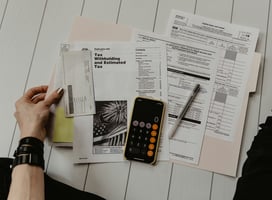It’s a true honor to welcome you to Verde Money. Today marks the beginning of a new journey—one...
Building an Emergency Fund: Protecting Your Financial Security
Creating an emergency fund is a key milestone on the path to financial stability. An emergency fund serves as a financial cushion, protecting you from unexpected expenses such as medical bills, car repairs, or job loss. Ideally, your emergency fund should cover three to six months of essential living expenses.
Start small and stay consistent. Setting aside even $50 or $100 each month can make a meaningful impact over time. For instance, saving $100 a month adds up to $1,200 within one year. To accelerate your savings, you might redirect the extra money from budgeting adjustments you've made, such as reducing dining-out expenses or canceling unused subscriptions.
Consider automating your savings by setting up a regular transfer from your checking account into a dedicated emergency fund account. This method ensures consistent savings without having to actively think about it each month. Additionally, keep your emergency fund separate from your regular spending accounts, reducing the temptation to use it for non-emergency purposes.
Emergencies are unpredictable, but preparing for them is within your control. Establishing an emergency fund now gives you peace of mind, empowering you to manage life's unexpected events without derailing your long-term financial goals.



